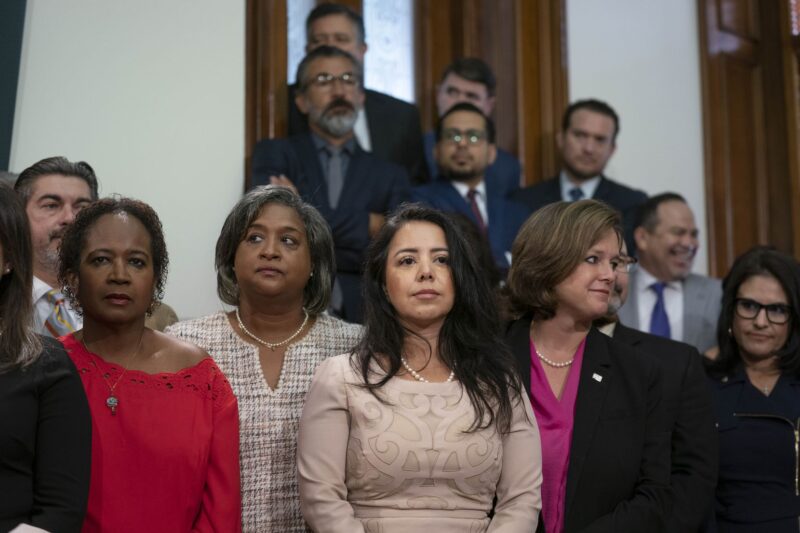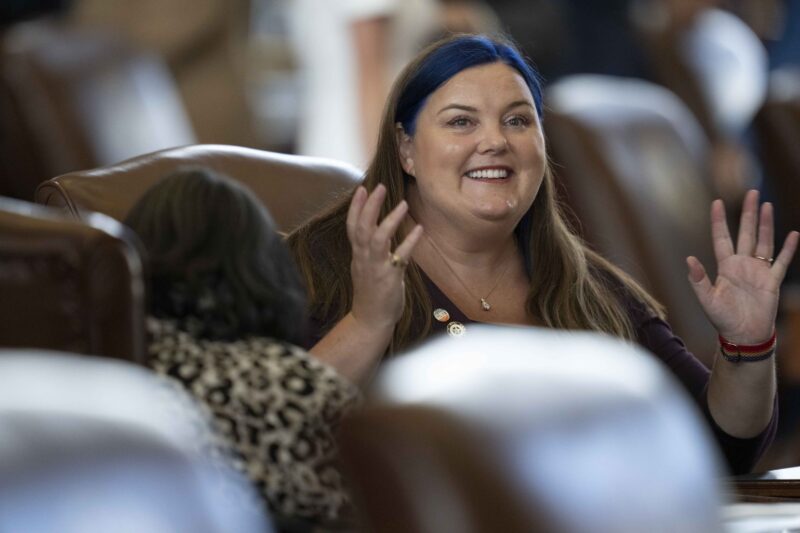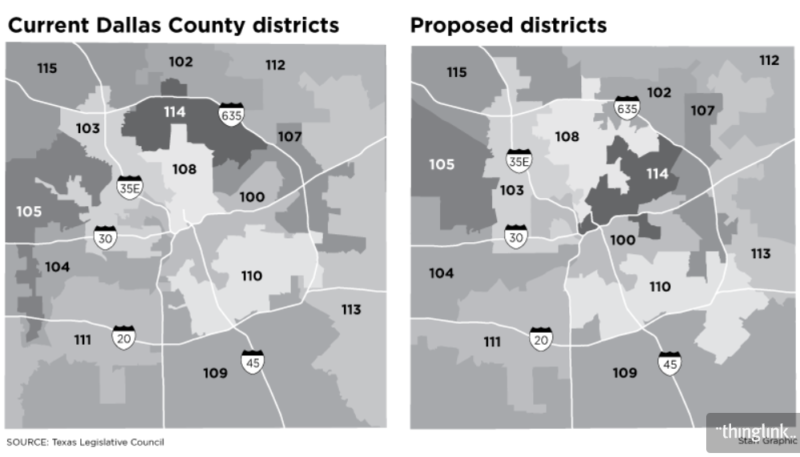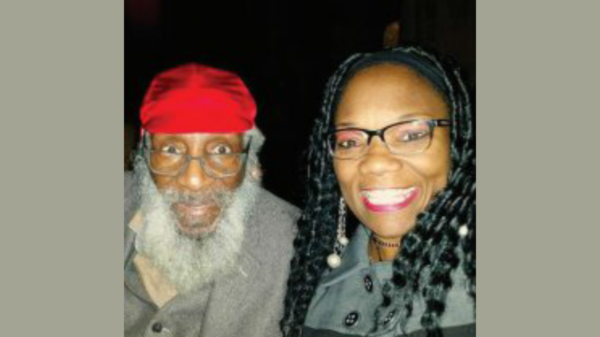By Gromer Jeffers, Jr.

The Texas House early Wednesday approved boundaries for its 150 legislative districts.
If passed by the Senate and signed by Gov. Greg Abbott, the plan could be enacted for the 2022 midterm elections.
But expect legal challenges from Democrats and voting rights advocates who contend the new lines would violate the federal Voting Rights Act.
Here are five things to know about the plan.
Map protects incumbents in both parties
The overall makeup of the Texas House won’t change much under the proposed boundaries and Republicans will maintain their majority. Since there were only two pairings of lawmakers in the same district, incumbents are generally protected. The exception is in North Texas, where several seats could see a shift in representation.
The Princeton Gerrymandering Project gave the map a grade of “F” on competitiveness. It earned a “C” on partisan fairness and an overall grade of “C.”
Experts say minority population growth ignored
On Tuesday, state Rep. Todd Hunter, R-Corpus Christi, the author of the redistricting bill, sparred with Democrats on whether the bill diminished minority voting clout in Texas.
Democrats argue that demographics dictate that Hispanic, Black and Asian residents should have districts that they can influence because they made up 95% of the population growth over the last decade. They use citizen voting age data and other metrics to determine that Hunter’s plan would result in Hispanic residents losing three opportunity districts — from 33 to 30 — and Black residents seeing a reduction in opportunity districts from seven to four.
Hunter, using less precise census data, disputes those numbers, saying the plan adds two Hispanic opportunity districts and one for Black residents, as well as a district in Fort Bend County that Asian voters could influence.
But Hunter’s numbers raise lots of questions, including his inclusion of Dallas County’s District 111 as a “new” Black opportunity district. That seat has been held by Dallas Democrat Yvonne Davis, who is Black, since 1993. Democrats say the plan dilutes minority voting strength in areas including North Texas, Harris County and Bell County. After a late-night amendment, Davis’s district was changed and now has less Black population than in Hunter’s original proposal.

Collin County could get a Democratic seat in Legislature
In order to add Republican-leaning voters to the districts represented by Plano Republicans Matt Shaheen and Jeff Leach, the proposed House boundaries make the district now represented by retiring McKinney Republican Scott Sanford an area favorable for a Democratic Party candidate. In 2020, Joe Biden beat Donald Trump in District 70 by a 55% to 44% margin.
Demographic shifts has made Collin County an emerging political battleground.
Districts in Tarrant, Denton counties could flip
The plan makes the Tarrant County district represented by Republican Jeff Cason one that a Democrat is expected to win. Cason is one of two Republicans who voted against House Speaker Dade Phelan, R-Beaumont.
In next year’s midterm elections, Republicans are expected to pick up a redrawn Denton County district that Democrat Michelle Beckley currently represents. Beckley is opting against reelection to the House to run against incumbent Republican Beth Van Duyne. She offered an amendment to keep her district as it is, but the proposal was rejected on a party line vote.

Dallas County still has two battleground districts
Even though the proposal somewhat fortifies the districts represented by Republicans Morgan Meyer of University Park and Angie Chen Button of Garland, they remain on hotly contested turfs.
Both Dallas County districts—one in North Dallas and the other in Northeast Dallas—will continue to see demographic changes that will attract Democratic Party candidates.
Meyer and Button are the only two Republican state lawmakers in Dallas County, the home of former President George W. Bush and once a reliable GOP stronghold.










